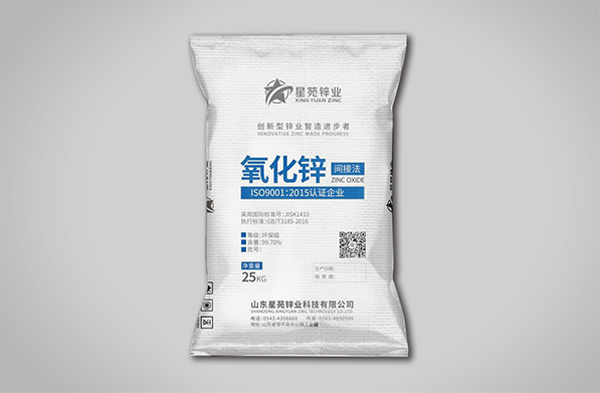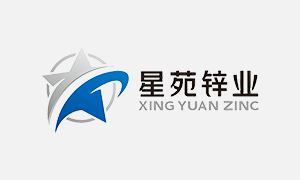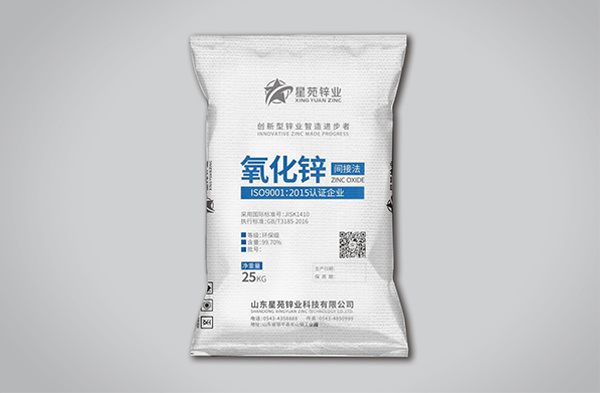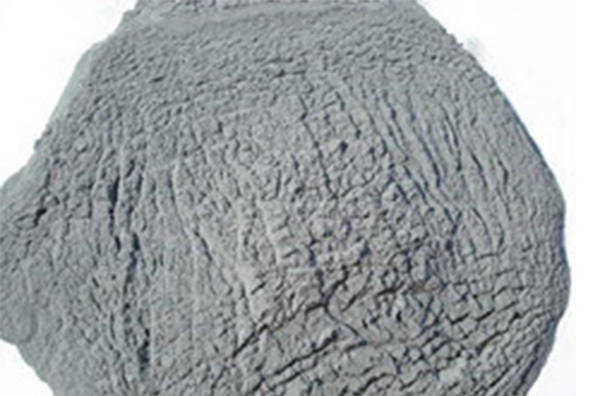Introduction to the flotation method of zinc oxide
2021-05-03
Currently, industrially exploitable zinc oxide includes smithsonite ZnCO3 (Zn 52.1%). Hemimorphite Zn4Si2O7(OH)2·H2O (Zn 54%). Hydrozincite Zn5(CO3)2(OH)6 (Zn 59.6%). Smithsonite is the main one. The flotation separation of zinc oxide minerals from gangue minerals containing calcium, magnesium, and iron at room temperature has always been a difficult problem. Due to the interaction between dissolved components and the mineral surface, the mineral surface is transformed, so the flotation separation of zinc oxide minerals from calcite, dolomite, limonite and other gangue minerals containing calcium, magnesium and iron is particularly difficult.
Currently industrially mineable Zinc oxide Smithsonite ZnCO3 contains Zn 52.1%. Willemite Zn4Si2O7(OH)2.H2O contains Zn 54%. Hemimorphite Zn5〔CO3〕2.〔OH〕6 contains Zn 59.6%. Smithsonite is the main one.
The flotation separation of zinc oxide minerals from gangue minerals containing calcium, magnesium, and iron at room temperature has always been a difficult problem. Due to the interaction between dissolved components and the mineral surface, leading to mineral surface transformation, the flotation separation of zinc oxide minerals from calcite, dolomite, limonite and other gangue minerals containing calcium, magnesium and iron is particularly difficult.

Currently, the flotation of zinc oxide ore mostly adopts the sulfidation flotation process. The lead oxide is mainly floated by sulfidation and then adding xanthate, while the recovery of zinc oxide is mainly achieved by adding heat sulfidation, copper sulfate activation, and then using xanthate flotation or sulfidation and then using fatty amine (primary amine) flotation. Because the amine flotation of zinc oxide ore is sensitive to clay and soluble salts, although a lot of research and practice have been carried out on the flotation process of zinc oxide ore at home and abroad, the problems of low beneficiation index, complex process flow and reagent types, and high cost of zinc oxide ore have not been solved. Therefore, using the simplest flotation process as possible, conventional reagents, and cost-effective flotation Zinc oxide is a very meaningful research direction.
There are four main methods for the flotation of refractory zinc oxide ores: sulfidation-amine flotation, sulfidation-xanthate flotation, direct fatty acid flotation, and other flotation methods.

1. Sulfidation-amine flotation
Studies have found that aliphatic primary amines can combine with lead and zinc to form complexes, but cannot react with calcium and magnesium, and it has been proved that primary amines are more effective than other types of collectors. This method has been applied to the production practice of zinc oxide ore, realizing a breakthrough in the one-flotation process of zinc oxide ore. Currently, most of the zinc oxide ore beneficiation plants use the amine method.
Studies have shown that the mechanism of action between smithsonite and amine is that after the surface of smithsonite is sulfurized, the synergistic effect of the amine-zinc complex of zinc sulfide makes the mineral surface fully hydrophobic. According to literature reports, the use of organic chelating agent activation-amine flotation has the characteristics of high grade of concentrate, low reagent consumption, and light environmental pollution compared with conventional sulfidation-amine method.
2. Sulfidation-xanthate flotation
Zinc oxide minerals can be recovered by sulfidation and then xanthate flotation. After sulfidation, the adsorption amount of xanthate on the mineral surface increases with the increase of sodium sulfide concentration. When it increases to a certain extent, it will prevent the adsorption of xanthate on smithsonite, which inhibits the floatability of smithsonite. However, heating the pulp to a certain temperature is very beneficial to the adsorption of sulfidation reagents on zinc oxide ore. But this method
consumes a lot of activators and collectors. Xanthate uses butyl xanthate or amyl xanthate, and the activator uses ammonium sulfate, which is floated at high pH.
3. Direct fatty acid flotation
Fatty acid collectors are directly used for the flotation of zinc oxide ore. They have good flotation effect on zinc oxide ore containing siliceous gangue or clay gangue minerals. However, the flotation effect on zinc oxide ore containing carbonate gangue minerals is not ideal, and its effect is particularly limited on zinc oxide ore with high iron content. Fatty acid flotation Zinc oxide research began as early as the 20th century. Due to the poor selectivity for most ores, this method has not been promoted in industry.
The extraction of lead-zinc resources, especially zinc oxide resources, is still difficult. Because zinc oxide ore is easy to grind and has high clay content, the beneficiation effect is not ideal.











